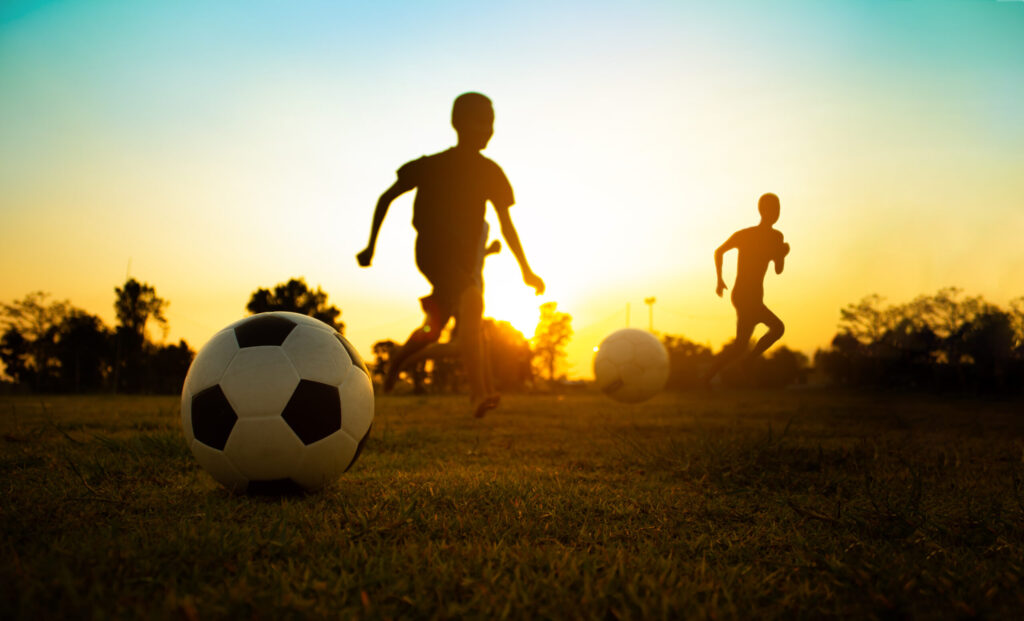
In a country where opportunity is often touted as abundant, it's disheartening to acknowledge the stark reality: not all children have equal access to the benefits of youth sports programs. While sports can be a pathway to physical fitness, social development, and even academic success, many underserved communities face significant barriers that limit their participation. This lack of access perpetuates inequality and deprives countless young individuals of the opportunities and advantages that sports can offer.
The Disparities at Play
Underserved communities, often characterized by low-income households and limited resources, bear the brunt of this inequality. Several factors contribute to the lack of access to youth sports programs:
- Financial Barriers: The cost associated with participating in organized sports can be prohibitive for families facing financial strain. Expenses such as registration fees, equipment, transportation, and uniform costs can quickly add up, placing these programs out of reach for many.
- Infrastructure and Facilities: Underserved communities frequently lack adequate sports facilities and infrastructure. Without proper fields, courts, or recreational spaces, children have limited opportunities to engage in organized sports activities.
- Limited Resources in Schools: Budget cuts in education often result in reduced funding for extracurricular activities, including sports programs, within schools serving underserved populations. As a result, these schools may not offer a wide variety of sports options or have the necessary resources to maintain quality programs.
- Lack of Role Models and Mentorship: In many underserved communities, there is a scarcity of role models and mentors who can inspire and guide young individuals towards sports participation. The absence of positive influences can further discourage youth from pursuing athletic endeavors.
The Impact of Exclusion
The consequences of this lack of access are far-reaching and multifaceted:
- Health Disparities: Physical inactivity is a pressing concern among children in underserved communities. Without access to sports programs, opportunities for regular exercise and physical activity are limited, contributing to higher rates of obesity and related health issues.
- Social and Emotional Development: Youth sports provide invaluable opportunities for social interaction, teamwork, and character development. By excluding underserved children from these experiences, we deny them the chance to cultivate important life skills and form meaningful relationships.
- Academic Performance: Research has shown a positive correlation between participation in sports and academic achievement. Yet, without access to sports programs, children in underserved communities miss out on the academic benefits associated with sports, including improved focus, discipline, and time management skills.
- Long-Term Opportunities: For many, sports serve as a gateway to higher education scholarships, career opportunities, and personal success. By depriving underserved youth of access to sports programs, we limit their potential for future advancement and perpetuate cycles of poverty and inequality.
Bridging the Gap
Addressing the lack of access to youth sports programs in underserved communities requires a concerted effort from various stakeholders:
- Community Engagement: Local governments, nonprofit organizations, and community leaders must collaborate to prioritize and invest in recreational infrastructure and programs that cater to underserved populations.
- Financial Support: Scholarships, subsidies, and sliding-scale fee structures can help alleviate the financial burden on low-income families, ensuring that all children have the opportunity to participate in sports regardless of their economic circumstances.
- School-Based Initiatives: Schools play a crucial role in providing access to sports programs. Increased funding for extracurricular activities, as well as partnerships with community organizations, can expand opportunities for sports participation within schools serving underserved communities.
- Mentorship and Outreach: Establishing mentorship programs and recruiting positive role models from within the community can inspire and empower underserved youth to engage in sports and pursue their athletic aspirations.
Conclusion
The lack of access to youth sports programs in underserved communities is not just a matter of recreation; it's a matter of equity and social justice. By addressing the systemic barriers that prevent disadvantaged youth from participating in sports, we can create a more inclusive society where every child has the opportunity to thrive. It's time to bridge the gap and ensure that all children, regardless of their background or circumstances, have access to the transformative power of sports.
If you or your community are working to help bridge this gap, we’d love to hear from you. Please reach out to contact@playgroundstars.com to share your story.

